Are you a fan of the #Jungalow style but kill every living thing you touch?

Guys! Romaine calm! Whether you live in an apartment with low light or a home with floor-to-ceiling windows, I’m here to help you take the guesswork out of indoor plant care!
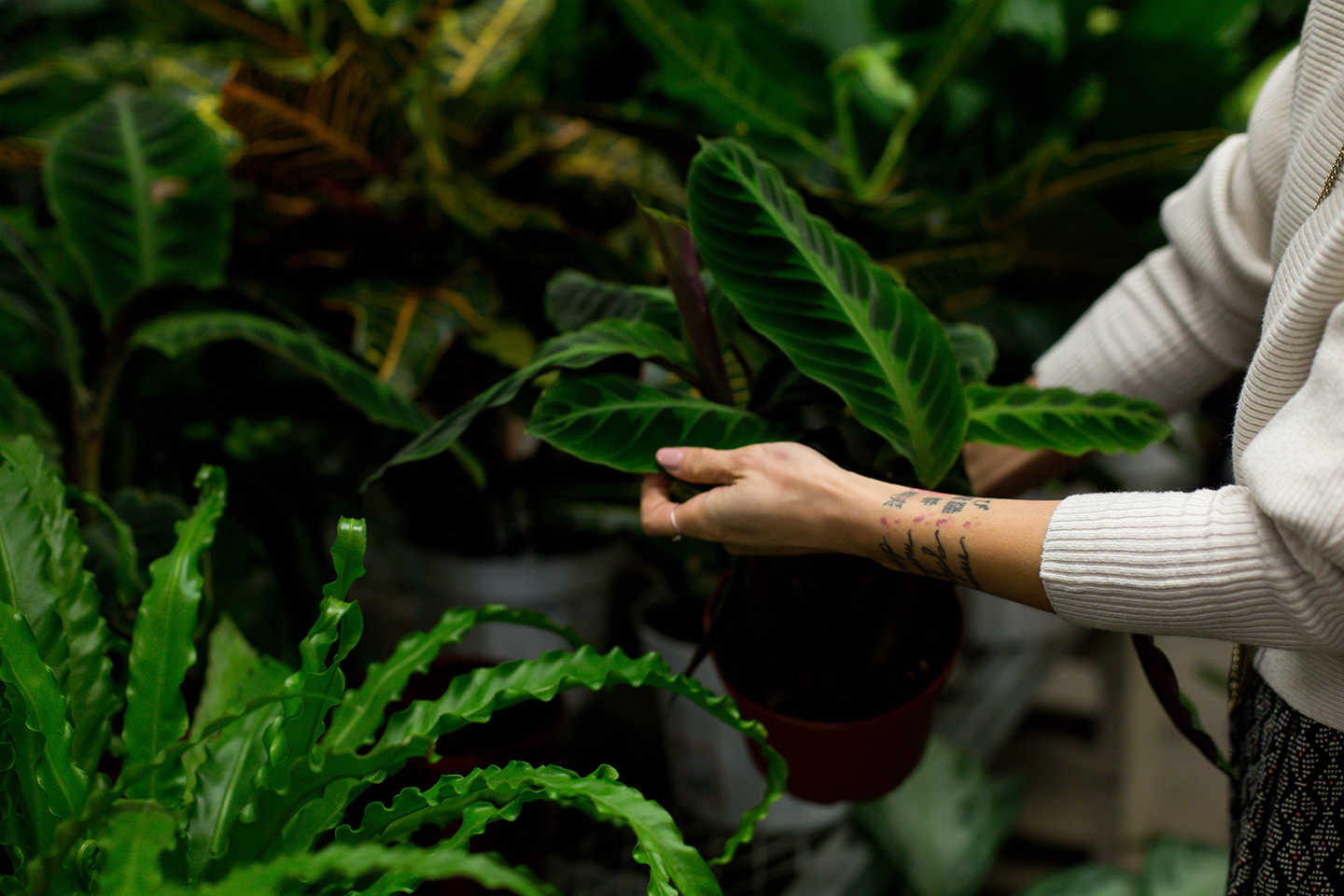
Plants are a living, breathing entity that nourishes your home with so much positive energy you can’t help but feel revitalized by simply living among them. When your plants are healthy and maintained, they have the ability to reduce stress, improve blood pressure and heart rate, not to mention provide fresh oxygen to your lungs.

In this post, I am breaking down my favorite indoor plants, how to pot them, where to place them, and how to care for them so you can enjoy all the natural health benefits for years to come.
Breathe in positive energy and breathe out the negative ones.
My Favorite Indoor Plants and Where to Place Them in the Home
FIDDLE LEAF FIG TREE

The fiddle leaf fig is my absolute favorite for its small footprint, incredibly quick growth, and beautiful big waxy leaves. It requires medium light, but only needs to be watered when the soil is dry to the touch, so I would say the fiddle leaf fig is pretty low maintenance. Bonus points for being the only plant on my list that can propagate new trees simply from regrowing a cut branch. The ultimate indoor tree that recycles itself!
- Use a damp cloth to wipe excess dust off the leaves. This method gives the fiddle leaf fig its sparkling shine that is inherent to the tree.
- Propagating the fiddle leaf fig tree simple means cutting off a branch to regrow in water. This method allows you to breed specimens of the plant by natural processes from the parent plant.
- Not all trees can be propagated so do your research!
SHOP FIDDLE LEAF FIG TREE: http://bit.ly/2DlqTJP
CHINESE EVERGREEN
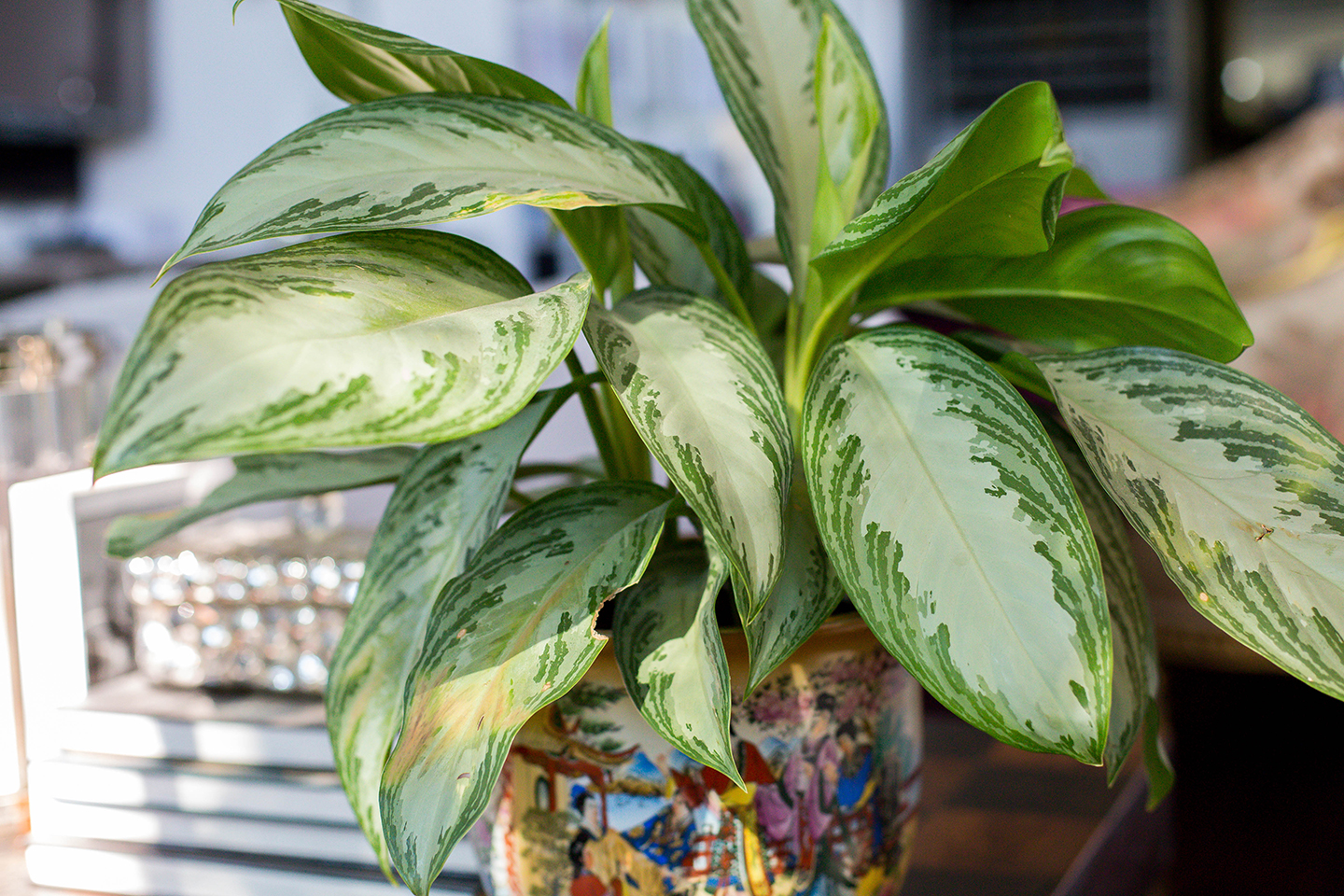
The Chinese Evergreen, also known as the Cutlass Aglaonema, does best in indirect sunlight and can thrive in low-light spaces. This plant can even survive on artificial light if necessary making it the perfect choice for building-facing apartments.
SHOP CHINESE EVERGREEN: http://bit.ly/2DjR3wh
ENGLISH IVY
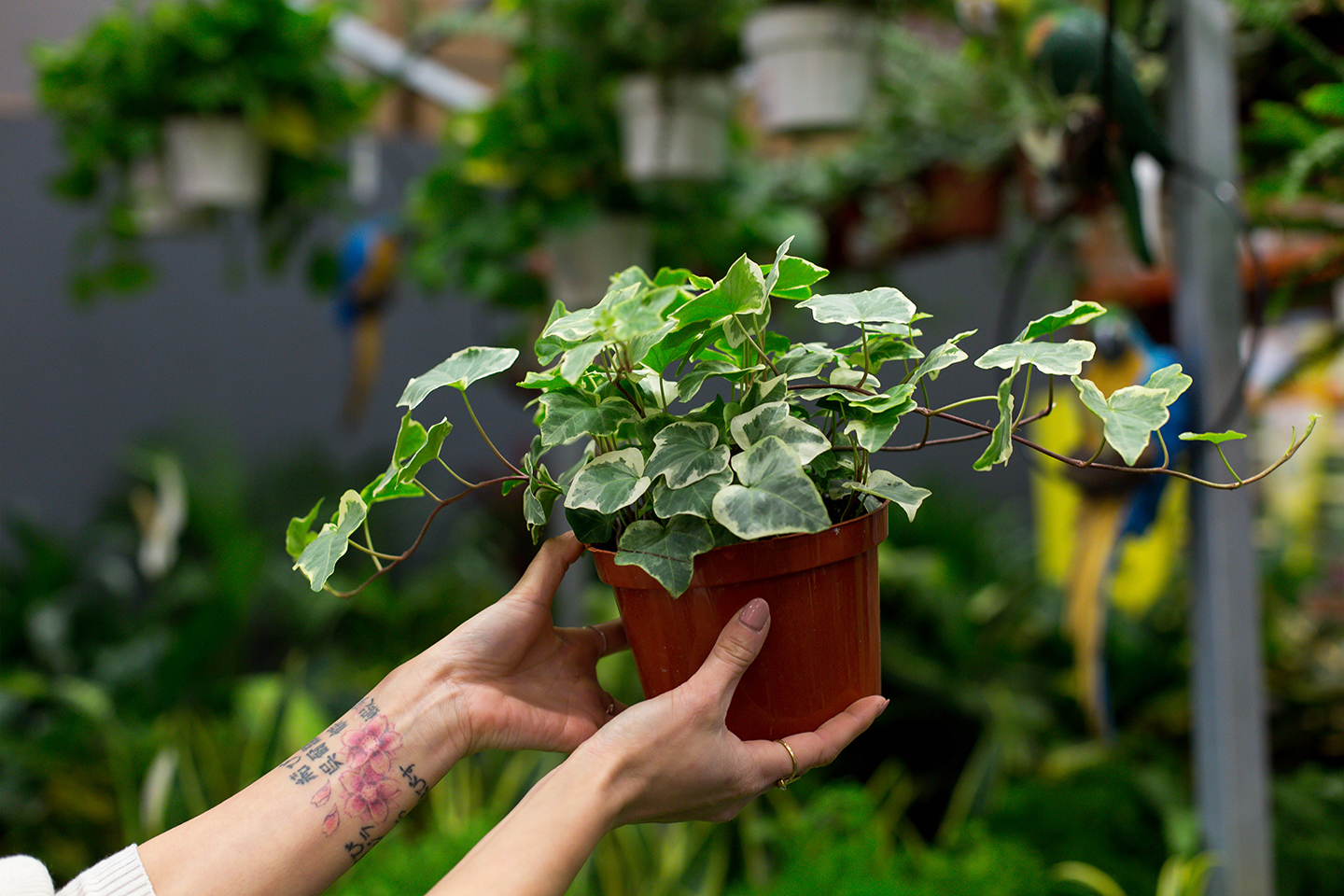
Ivy is one of the best indoor plants to help purify the air in your home. English ivy is especially good for absorbing mold in the air, according to Allergy and Air. This plant loves lots of bright light and slightly dry soil, so placing it right against a window will work wonders for its growth. Their long tendrils will hang when trained, making for a gorgeous sculptural addition to your jungalow.
SHOP ENGLISH IVY : http://bit.ly/2TXF795
IRON PLANT
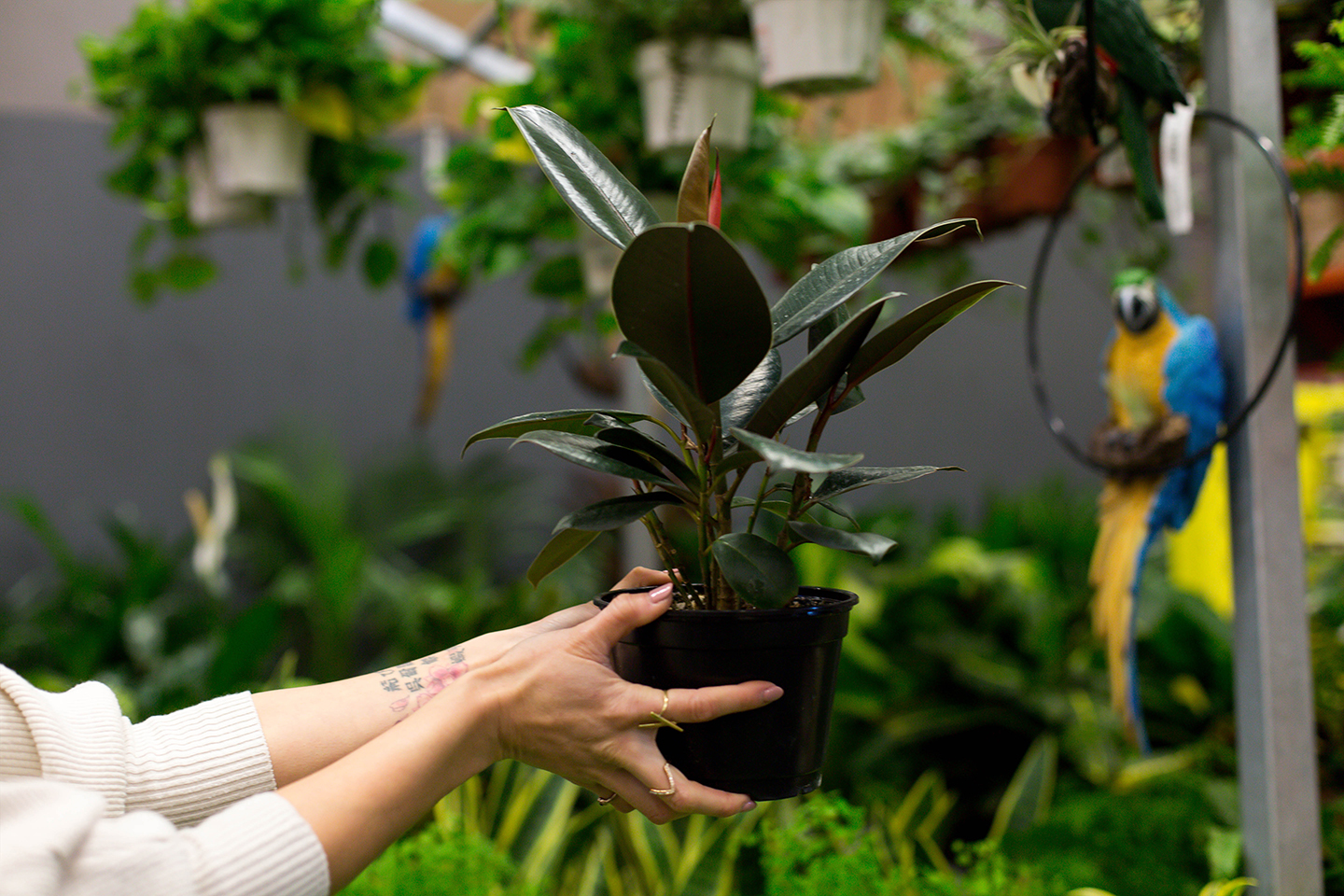
The iron plant can survive in low light, poor soil, and with minimal water. It is (almost) indestructible making it one of the most low maintenance plants for the beginner indoor gardener. I love how solid and formidable the iron plant looks and feels. The richness of the dark green pigmented leaves are a great move to style alongside warm wood tones. Perfect for midcentury modern spaces.
SHOP IRON PLANTS: http://bit.ly/2Djz759
BOSTON FERN
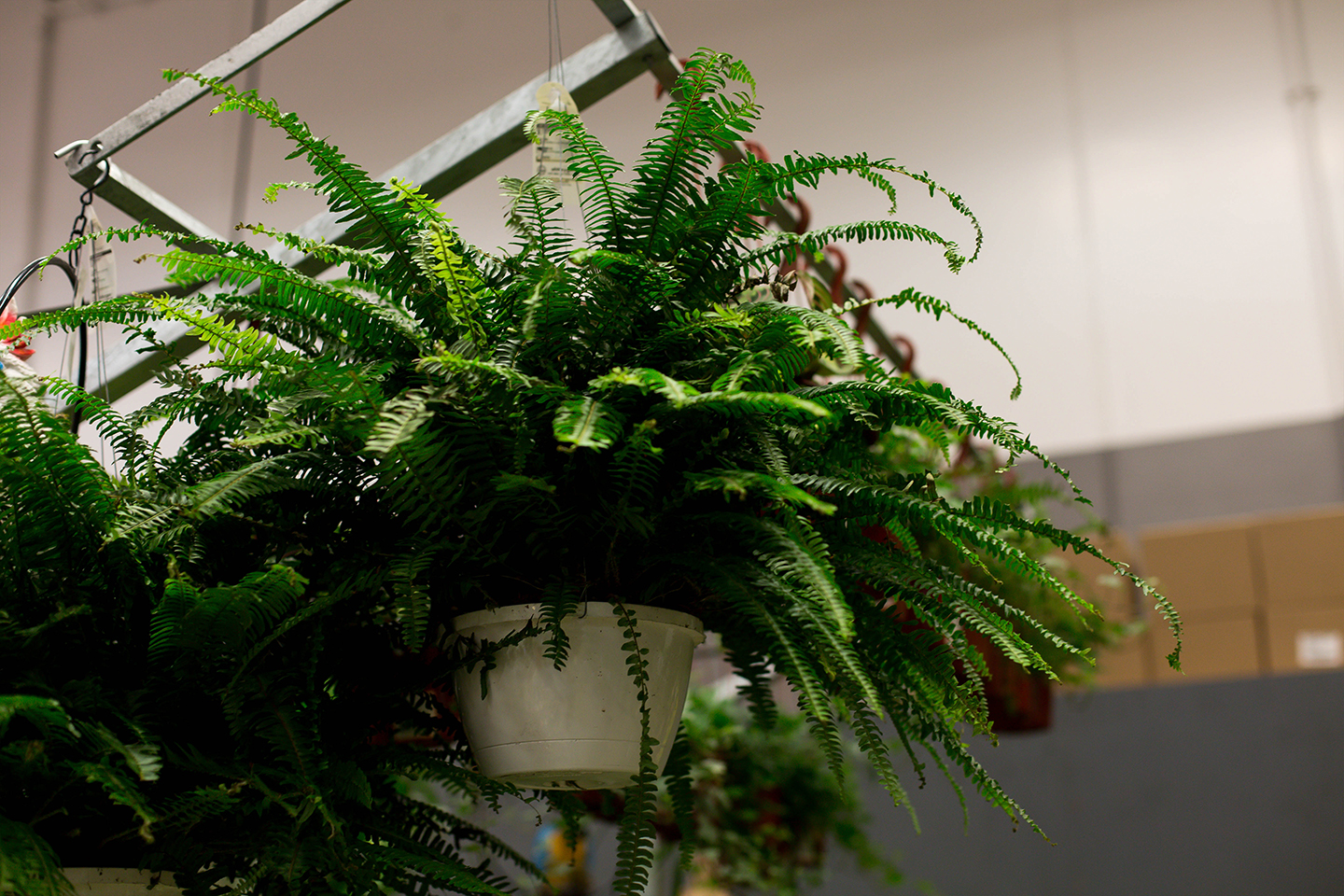
Boston ferns are known for being beautiful and lush, low maintenance, and great for purifying the air in your home. Harmful compounds like benzene and formaldehyde are absorbed by the fern’s leaves and turned into materials that the plant can use. How cool is that? These ferns do better with lots of indirect light so keep them away from the windows where direct sunlight can kill them faster than if they are placed further in your interior space.
SHOP BOSTON FERNS: http://bit.ly/2U294VI
PEACE LILY
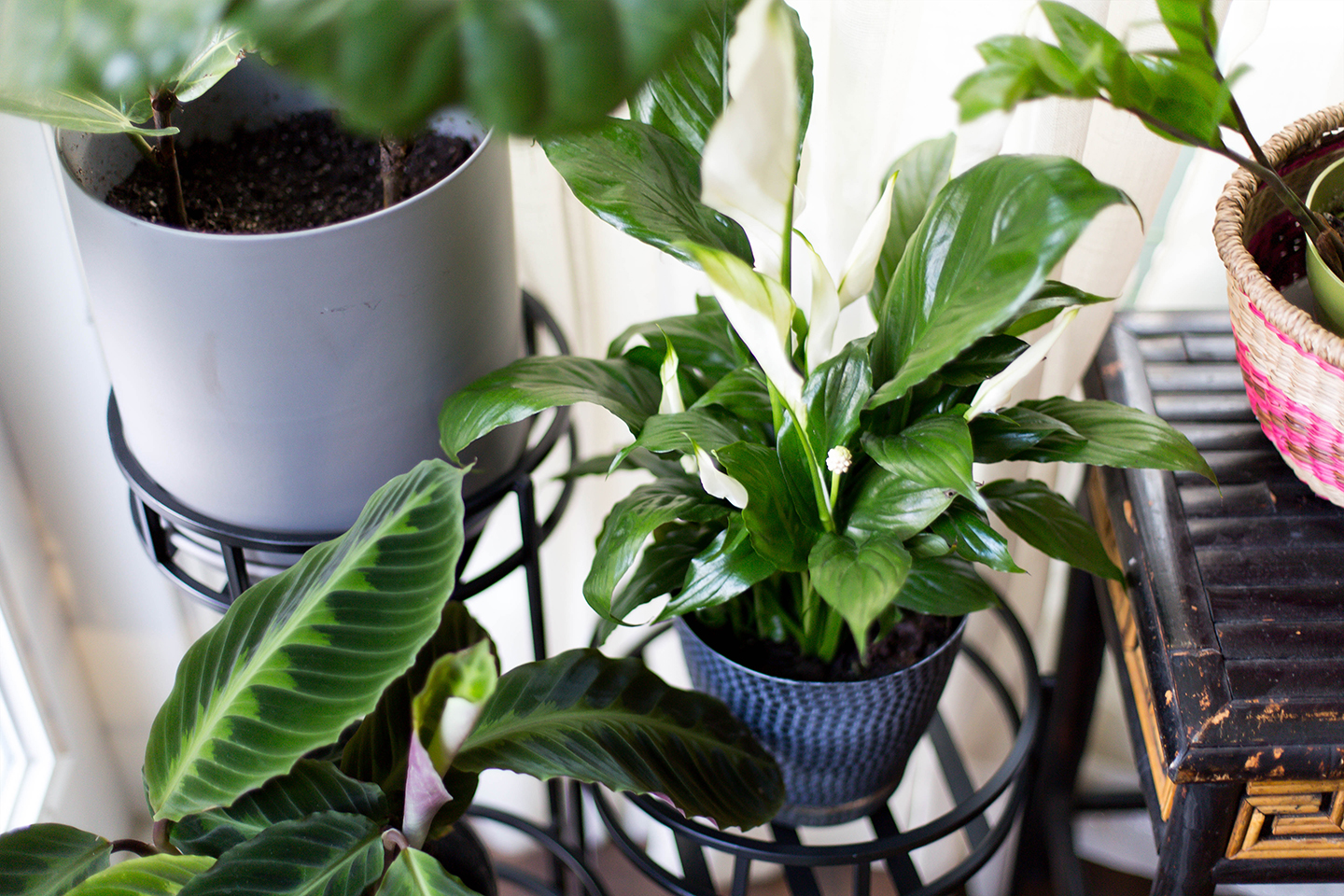
I love the peace lily for its pigmented green leaves and chic white contrasting flowers. Peace lilies don’t thrive in direct sunlight so place this plant in the kitchen, bathroom, or living area, away from the windows. High-ranking indoor plant that breaks down harmful chemicals and provides all the health benefits of naturally filtered air.
SHOP PEACE LILIES: http://bit.ly/2Dlr3AV
SNAKE PLANT
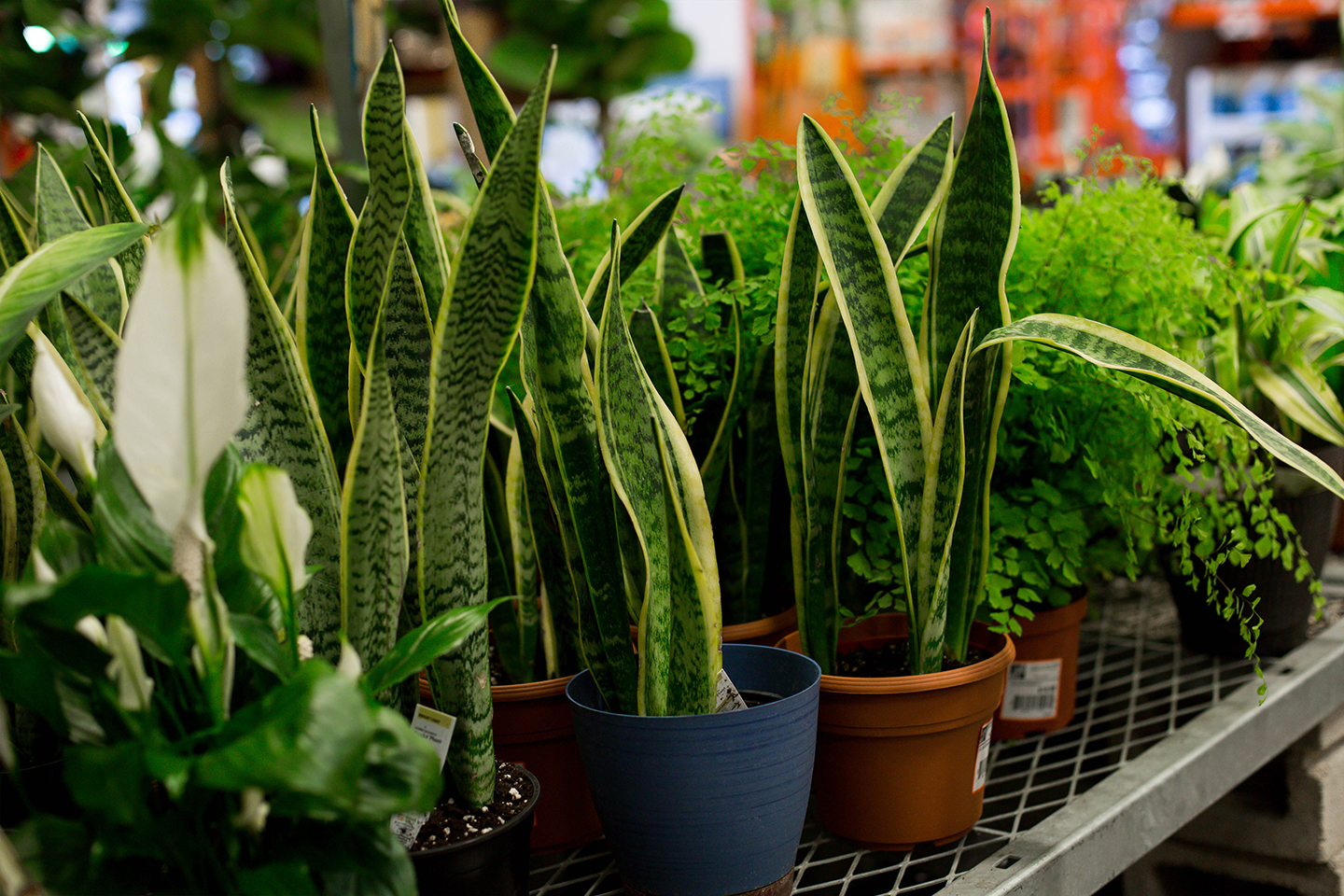
Snake plants are actually succulents that absorb CO2 and convert it into oxygen. They’re a great plant to place in your bedroom because they’ll improve the air quality even as you sleep, The snake plant can tolerate low light but it’s best situated by a window that receives medium-bright light. You don’t need to water this plant every week, I would space it out 10-14 days for the least maintenance.
SHOP SNAKE PLANTS: http://bit.ly/2U2Zdil
Beginner Plant Basics: When Good Plants Go Bad
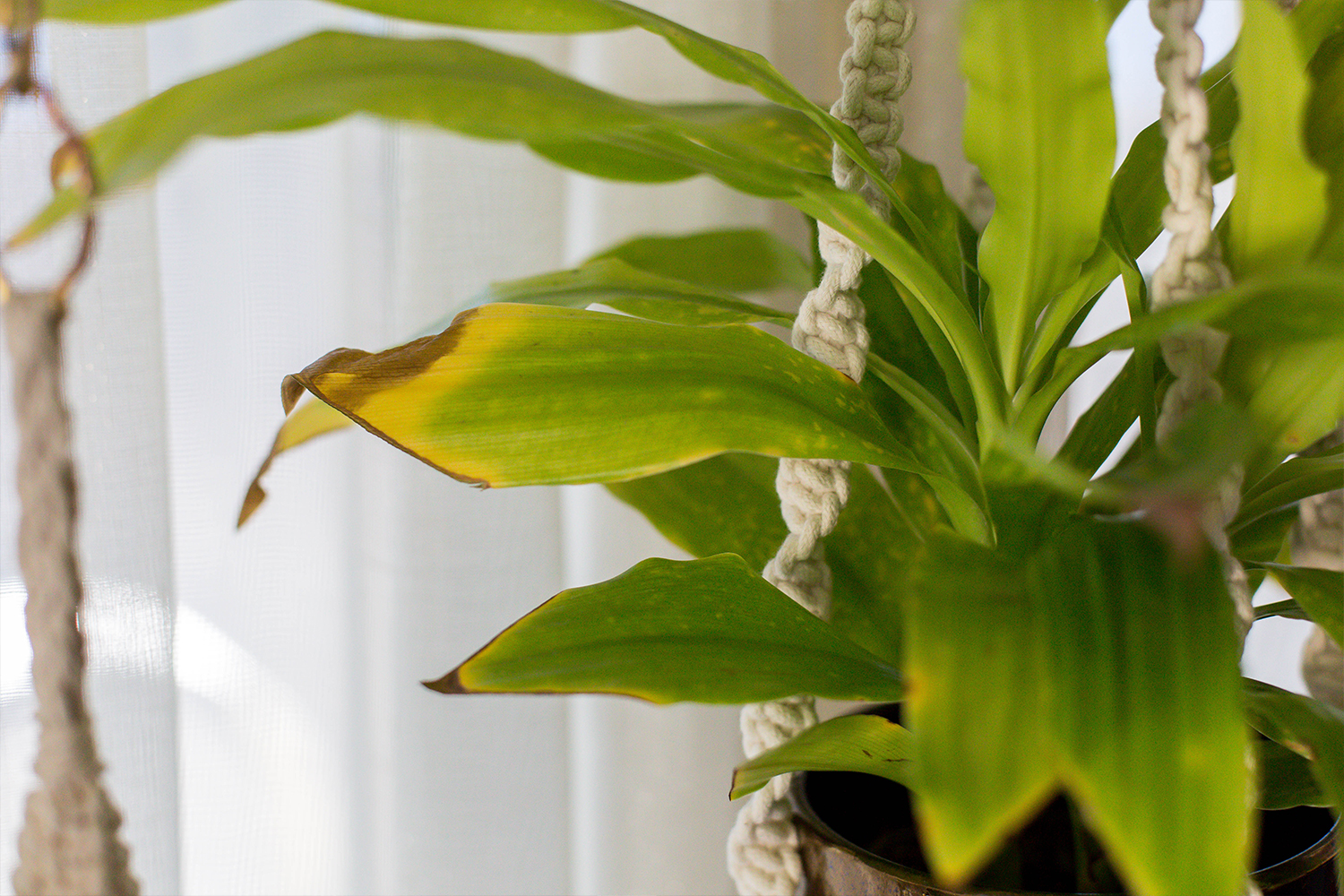 Plants reduce stress, improve blood pressure and heart rate, and provides fresh oxygen to your lungs. Maintaining them not only has incredible health benefits, but always brightens up your home with color and vibrancy. But even good plants go bad so remember…
Plants reduce stress, improve blood pressure and heart rate, and provides fresh oxygen to your lungs. Maintaining them not only has incredible health benefits, but always brightens up your home with color and vibrancy. But even good plants go bad so remember…
- Yellow leaves mean the plant may have received too much sunlight or too much water.
- Limp leaves means the soil is too wet or the plant needs more favorable conditions or more sunlight.
- Research plant properties or follow my basic guideline above so you know what your individual plants need.
Shopping For New Plants, Pots, and Soil
My favorite resource is Home Depot because it’s inexpensive, has a decent selection for beginners and a one stop shop for plants, pots, and soil. Plus, they’re located everywhere.

- Go straight inside! We are shopping for INDOOR PLANTS after all.
- Not all pots are created equal. Get one with a drip tray built-in to catch excess water. If you have existing pots or vases at home, make sure to use the ones with a hole at the base so the soil can breathe and you don’t over water.
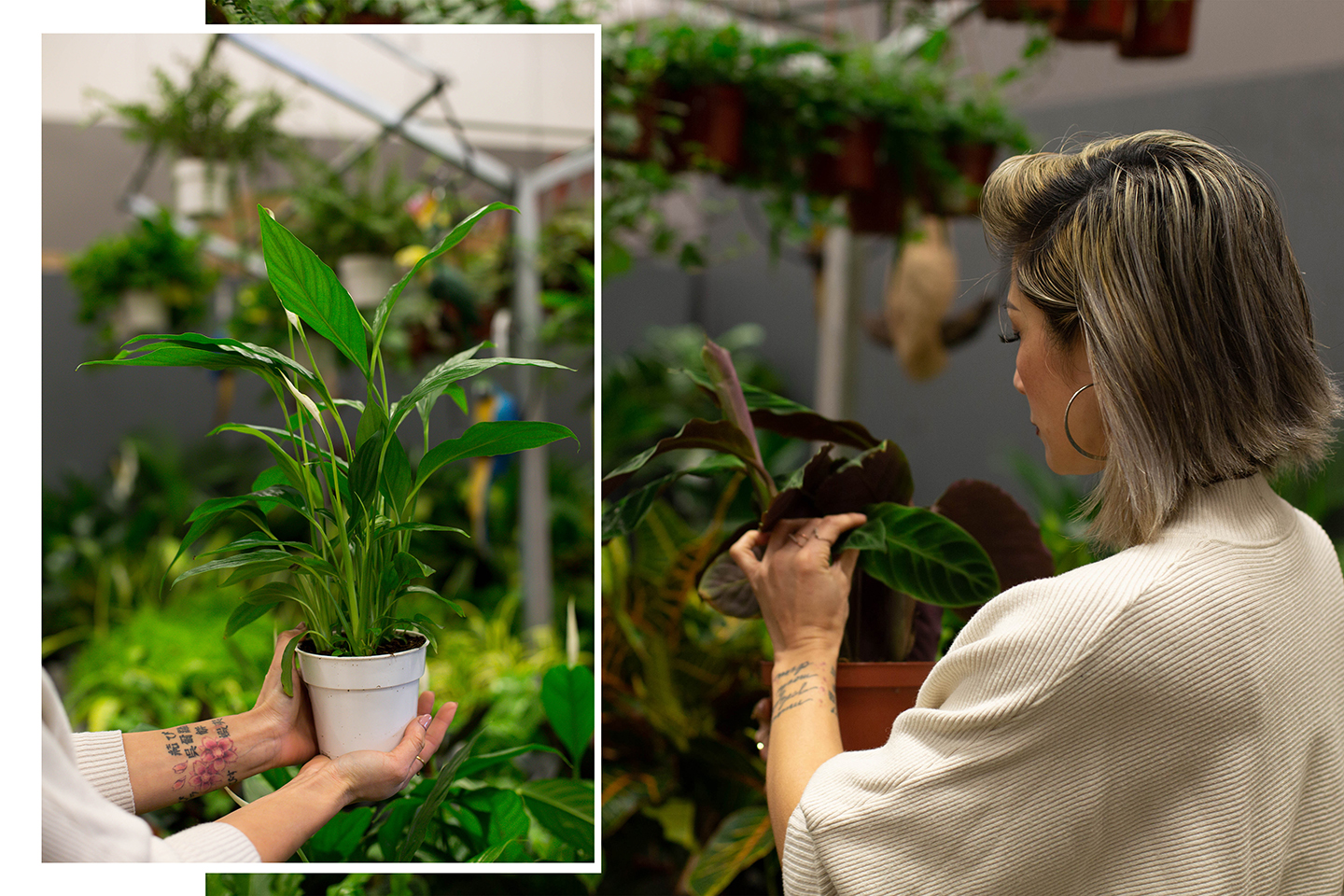
- Look to the label to select your potting soil mix. An easy way to know which soil is best, is to look for your plant (or the closest thing to it) on the photo in the front of the label. It’s like a little cheat sheet, lol.

How to Pot (or Repot) New Plants
- Repot plants into a bigger pot so it has room to grow
- Fill the pot halfway with potting soil and create a hole to place the plant in.

- Yellow leaves could mean: Too much sunlight, pot is too small, not enough oxygen for the roots to grow naturally
- Trim the dead edges off tips and cut leaves in the direction of its original shape so that it looks more natural.

- Pay attention to how much you water your plants each time, so you know how to correct it the next time.
CONCLUSION
In the end, have fun with it! Go buy a few indoor plants and test them out first to see how they hold up in your home. Move them around from room to room, change up their orientation in relation to a nearby window and watch them grow. Different plants acclimate differently to their surroundings so try and try again until you are happy with the placement and results.
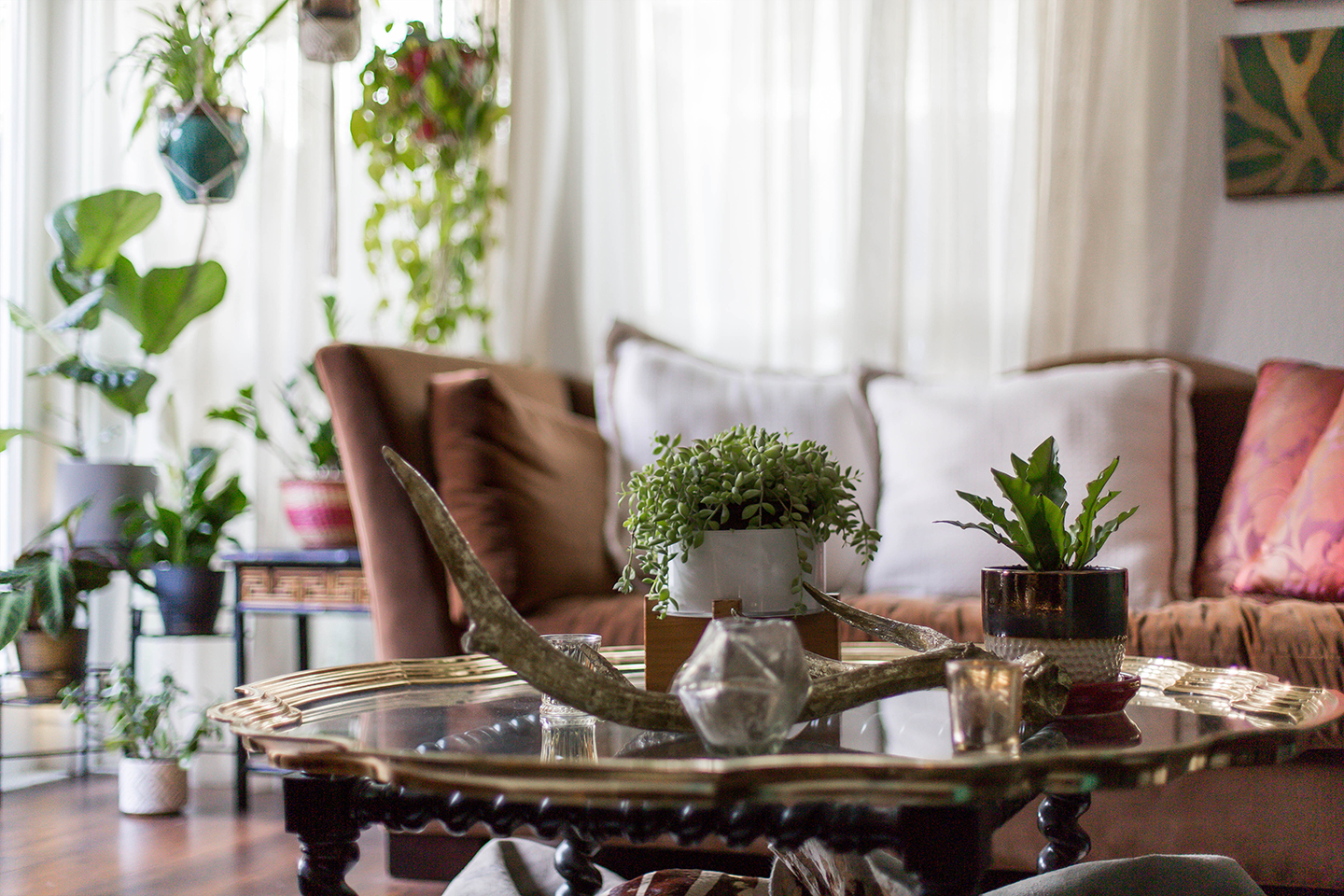
Of course do your research if you want more detailed instructions but this simple guide should help you get started. Follow-up with my previous PLANT POST here and watch my latest YouTube Video: Know Your Roots | How to Care for Indoor Plants- the Basics!
Will these simple tips inspire you to grow your own private garden inside your home?
I’d love to hear your thoughts! Please comment below!
INSTAGRAM | FACEBOOK | YOUTUBE | BLOGLOVIN’

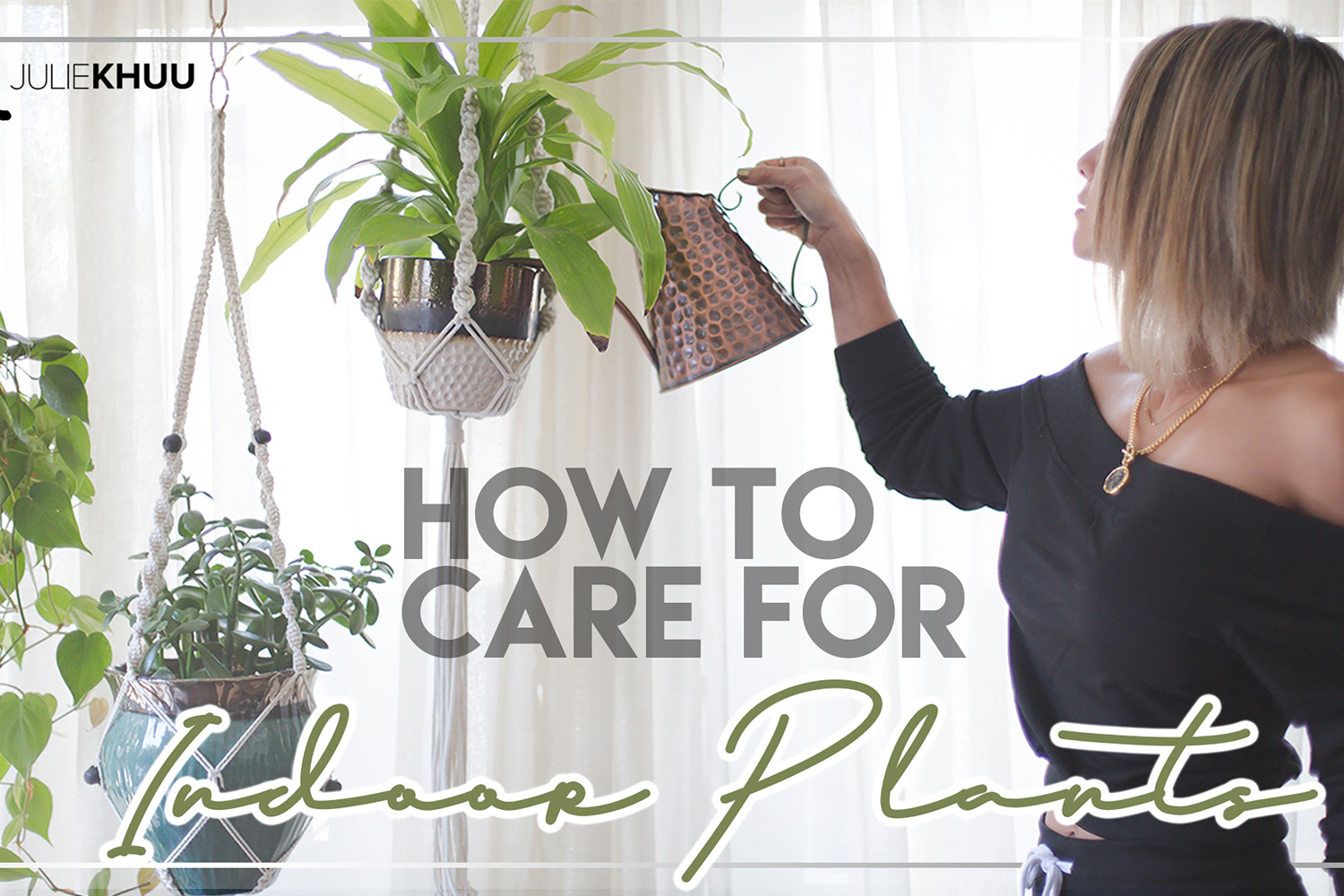



1 Comment
I think the plant labeled ‘Iron Plant’ is a Rubber plant aka Ficus Elastica Burgundy.